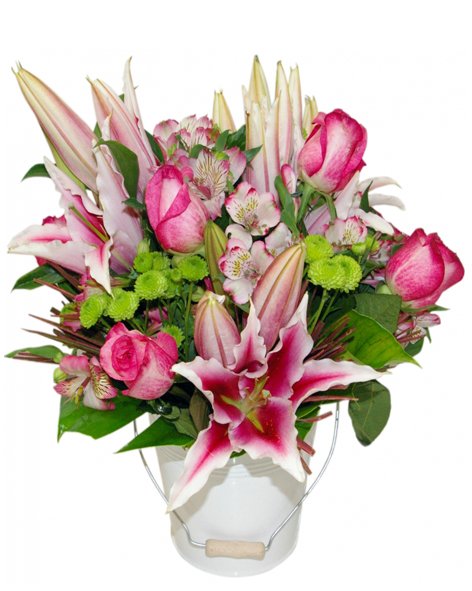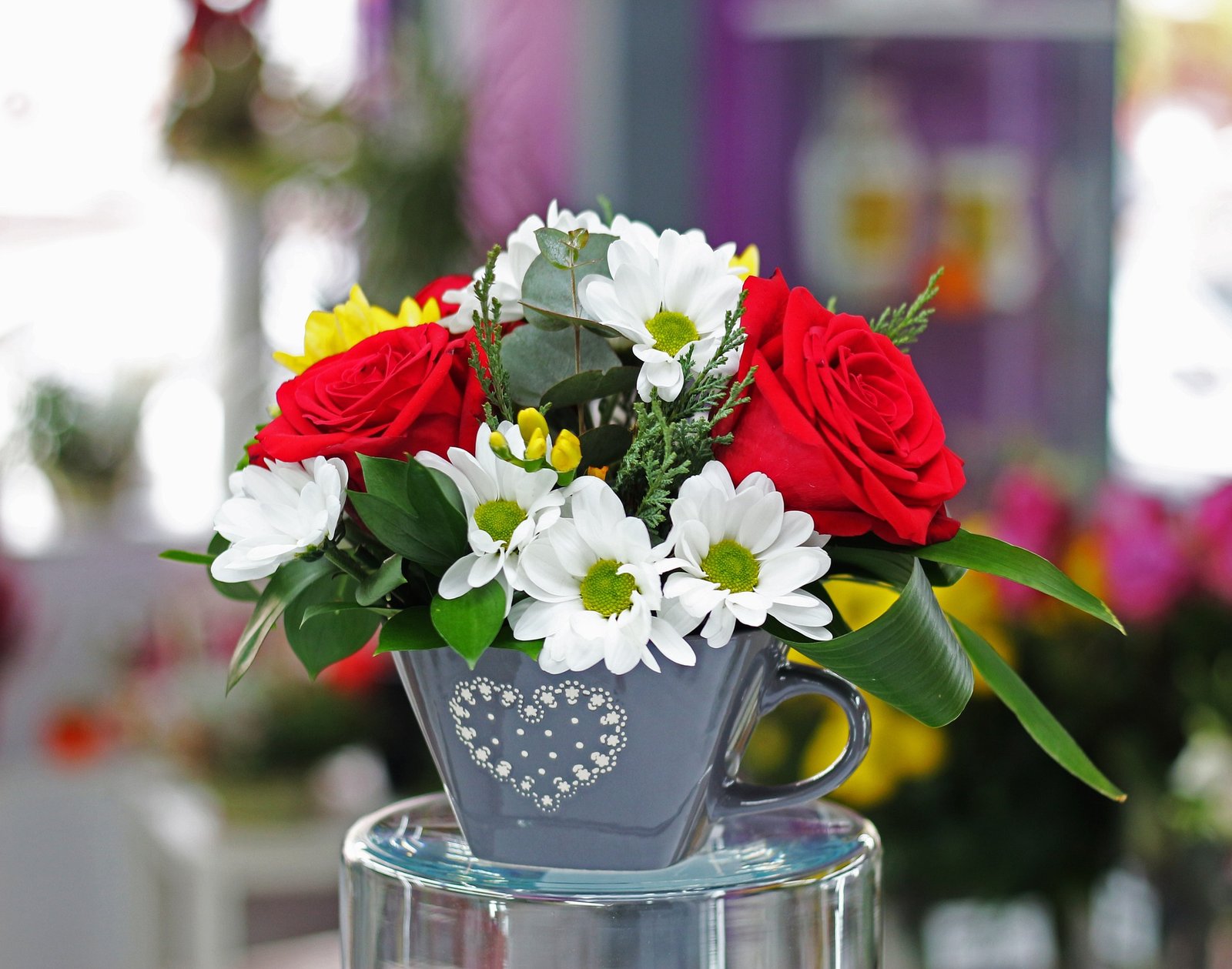Have you ever wondered why a bouquet of red roses makes your heart skip a beat, or why sunflowers seem to radiate happiness? Welcome to the enchanting world of floriography – the language of flowers. This ancient form of communication has been whispering secrets, conveying emotions, and telling stories for centuries. Let’s embark on a fragrant journey through time and across cultures to uncover the hidden messages in our favorite blooms.
A Bouquet of History: From Ancient Roots to Victorian Whispers
The concept of attributing meaning to flowers dates back to ancient civilizations. In Persia, flowers were used in court to convey messages that couldn’t be spoken aloud. But it was during the Victorian era that the language of flowers truly blossomed into an art form.
In the rigid social constraints of 19th century England, direct expressions of emotion were often frowned upon. Enter floriography – a discreet way to communicate feelings and desires. Suddenly, a simple bouquet became a complex message, and flower dictionaries flew off the shelves faster than a hummingbird’s wings!
Did you know? In Victorian times, the way a flower was presented could change its meaning. An upright flower conveyed a positive message, while an inverted bloom meant the opposite!
Eastern Elegance: The Japanese Art of Hanakotoba
While Victorians were secretly exchanging floral messages, the Japanese were perfecting their own flower language called Hanakotoba. This tradition, deeply rooted in Japanese culture, assigns meanings to flowers based on their appearance, folklore, and literary references.
In Hanakotoba, the act of giving flowers is as important as the flowers themselves. It’s a practice that emphasizes mindfulness and respect for nature’s beauty.
Modern Blooms: The Evolution of Flower Language
Today, the language of flowers continues to evolve. While we may not rely on secret floral codes to communicate, the symbolism of flowers still plays a significant role in our lives. From choosing wedding bouquets to selecting the perfect “get well soon” arrangement, we unconsciously speak this timeless language.
The Big Four: Roses, Lilies, Sunflowers, and Orchids
Let’s take a closer look at four popular flowers and their meanings across cultures:
Roses: The Undisputed Queens of Romance
- Victorian Era: Red roses symbolized passionate love, while white roses represented purity and innocence.
- Hanakotoba: Red roses mean love, but white roses symbolize devotion.
- Modern Interpretation: Different colors of roses now convey various emotions, from friendship (yellow) to gratitude (pink).
Lilies: Purity and Rebirth
- Victorian Era: White lilies represented purity and modesty.
- Hanakotoba: The lily (Yuri) symbolizes purity and chastity.
- Modern Interpretation: Often associated with funerals in Western cultures, symbolizing the restored innocence of the departed soul.
Sunflowers: Radiant Joy and Loyalty
- Victorian Era: Sunflowers represented adoration and loyalty.
- Hanakotoba: Sunflowers symbolize respect and passionate love.
- Modern Interpretation: Often associated with happiness, optimism, and the warmth of summer.



